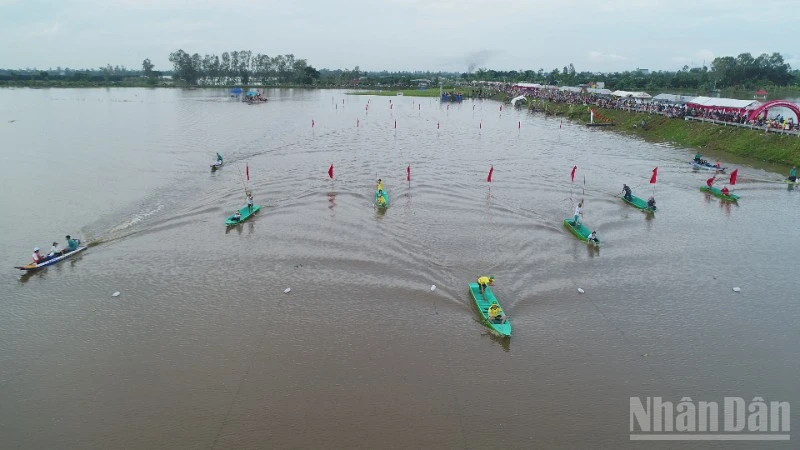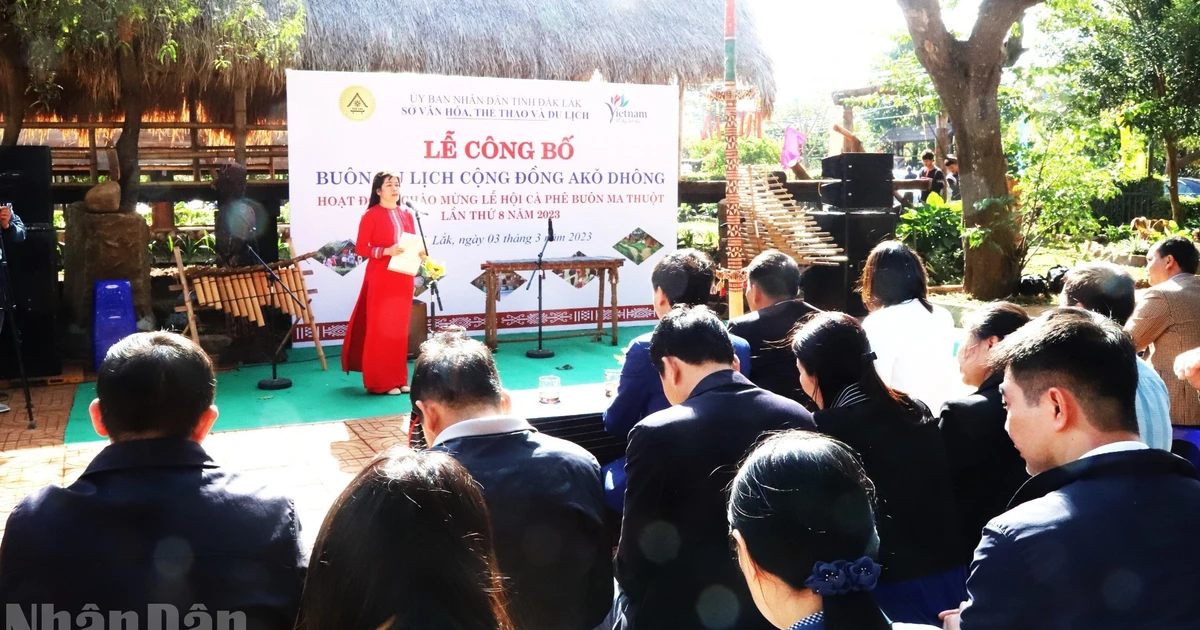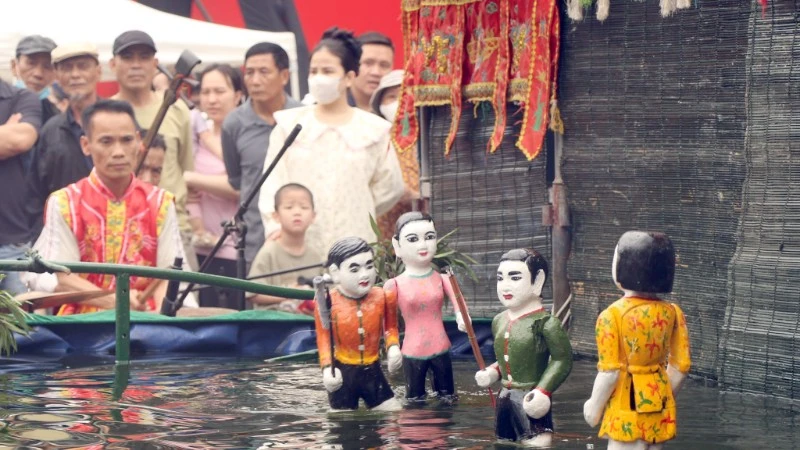Health tourism is gradually reorienting and adjusting tourism programmes and destinations, emphasising health-beneficial content to meet and satisfy the growing demands of tourists.
This form of tourism basically includes distinctive tourism products such as: healthcare based on the exploitation of mineral water, hot springs, natural mud, and spa services; traditional medicine healthcare; meditation and yoga; and weight loss programmes.
Vietnam has strengths with 400 hot mineral water sources nationwide, which have both therapeutic effects and can be exploited for bottled drinking water. The country also possesses an extremely rich and diverse system of medicinal plants, with approximately 3,850 plant species and 406 animal species used for medicine.
Vietnam has a 3,260 km coastline with many beautiful beaches suitable for resort tourism; it has thousands of islands of various sizes, including many small, quiet, peaceful beaches that are very suitable for rest and treatment. These provide favourable conditions for developing health tourism.
According to the Vietnam National Administration of Tourism, before the COVID-19 pandemic, in 2018 there were 350,000 foreigners who came to Vietnam for medical treatment combined with recreation and spent 2 billion USD. This shows the potential to attract health tourists with stays of 3-5 days, mostly middle-aged visitors with high spending levels who need medicinal herbs for health recovery and consider healthcare as their travel objective.
In recent years, the government has directed the promotion of health tourism development. The Ministry of Health has approved a project on developing traditional medicine services and products for tourists until 2030 and another on developing acupuncture and traditional medicine services and products for tourists at the Central Acupuncture Hospital until 2030.
Currently, many hotels and resorts in Vietnam are considering healthcare as an added service for their guests. Travel companies are also actively developing healthcare products, such as healing tours or health tourism packages.
Localities with potential are also paying more attention to developing health tourism and have issued policies to encourage this type of tourism. These are the first fundamental steps in building policies to promote this product line, as well as continuing to support and guide investment development in the coming time.
At a recent workshop on new trends in tourism development investment in Vietnam organised by the Vietnam National Administration of Tourism, experts affirmed that health tourism products play an important role in developing the tourism industry, helping to improve service quality and attract international visitors.
Therefore, in the coming time, it is necessary to create mechanisms to attract investment and encourage participation from individuals and businesses in developing harmonious health tourism, with strong linkages between localities and domestic and international destinations.
However, since Vietnam is behind many other countries in this area, health tourism in Vietnam needs to be given careful consideration and compared with other countries to create differences that will attract tourists.
Additionally, there needs to be an effective cooperation mechanism between medical facilities and tourism service providers to develop reasonably priced, quality-assured healthcare packages.
For health tourism products associated with hot springs, besides utilising the therapeutic and recovery benefits of hot springs, they can be combined with many other traditional Vietnamese care and beauty therapies, such as herbal steam baths, massage, and acupressure.
This combination is what makes Vietnam’s health tourism products unique. Experts expect that developing health tourism in unique and distinctive ways will soon create a strong, high-class product line for Vietnamese tourism.
















